
Thank you for visiting HOJO website. If you have any enquiry, please feel free to get in touch with us at
▼ Akira Hojo
▼ Hojo Newsletter
▼ HOJO FACEBOOK





HOME > Oolong Tea >Phoenix Oolong Ba Xian

Phoenix Oolong Ba Xian is a crossbreed of Shui Xian cultivar. Therefore it is a very close cultivar as Song Zhong. Under the same name of Ba Xian, there are many different qualities. Usually the old tea trees produce a better quality. HOJO specially selected Ba Xian from the tree which age is at about 500 years old. We have positioned this tea as super premium Phoenix Oolong. There is Ba Xian that priced at a much lower level. Even if the tea is called as Ba Xian, the quality is completely different between garden tea and Dan Cong tea. Besides, the quality is completely different between a 100 years old tea tree and a few hundred years old tree. Virtually they are different teas that happen to have the same name.
More information about Phoenix Dan Cong >>
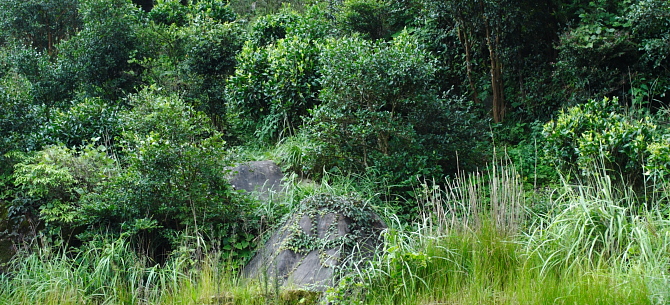
This shows neither mountain nor wild bush, but how the old tea tree grows in Phoenix Mountain. Each tea tree grows independently in the wild. These bushes-like tea trees are what we would refer as Dan Cong in Chinese. Dan Cong refers to the semi-wild tea bushes that aged more than a hundred years old.
Hojo introduces a Ba Xian that is made with deeper fermentation. It gives a much more matured mellow flavor than Son Zhong. If Song Zhong is like a wine, then our Ba Xian would be the brandy. Son Zhong has a fruity flavor like fully matured peach or apricot. Sometimes I feel that it is more like flavor of dried fruit. Thanks to the age of the tea tree, Ba Xian gives an overwhelming depth of after taste and a very strong intensity of flavor. Its flavor can traveled very deep down the throat. You will feel the warm feeling deep down to your chest. This is the ultimate rock tea which gives you a truly unforgettable tasting pleasure.
Phoenix Dan Cong generally does not get along with various kinds of "clay". Please use either glass or ceramic tea ware to brew it for the first time. If you notice that "your clay" improve the intensity of after taste better than glass teapot, you can feel free to use your clay tea ware. In my lineup of hand-made Japanese teapot, it is only Gisui's Tokoname Natural Red Clay that could get along with this tea.
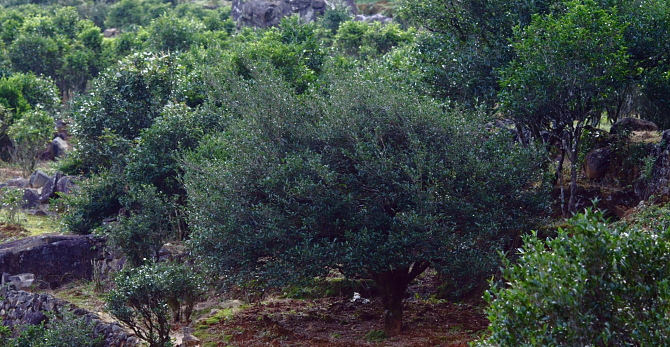
In China, tea is not completely sealed air-tight in aluminum bag like the standard used in packing Taiwan tea or Japanese tea. The only tea that is properly vacuum sealed is Tie Guan Yin in China. Traditionally, manufacturers only pack tea in a plastic bag and tie it with tape. Due to the quality of packaging material as well as sealing method, 100% of bag has pinhole or sometimes even bigger holes. This kind of packing method would not appear to be a problem when manufacturers sell tea to local customers. However it becomes a serious problem that jeopardizes the quality of tea when shipping tea to oversea. During air transportation, when the airplane travels high up in the sky, the temperature inside the cargo room of air plane can goes down to negative 50 degree Celsius. If there is any pinhole on the bag, the bag will aggressively intake air from outside. It is due to the negative pressure caused by extreme cold temperature. Eventually tea leaves will get water condensation and the quality of tea leaves will be spoiled within a few days. In order to prevent this problem, we specially arrange with our manufacturer in China to upgrade the facility of packing: all our tea has to be packed with deoxidizer in aluminum laminated bag and each bag is sealed with double-sided heat sealer.
Please click any photo below to enlarge it.
 |
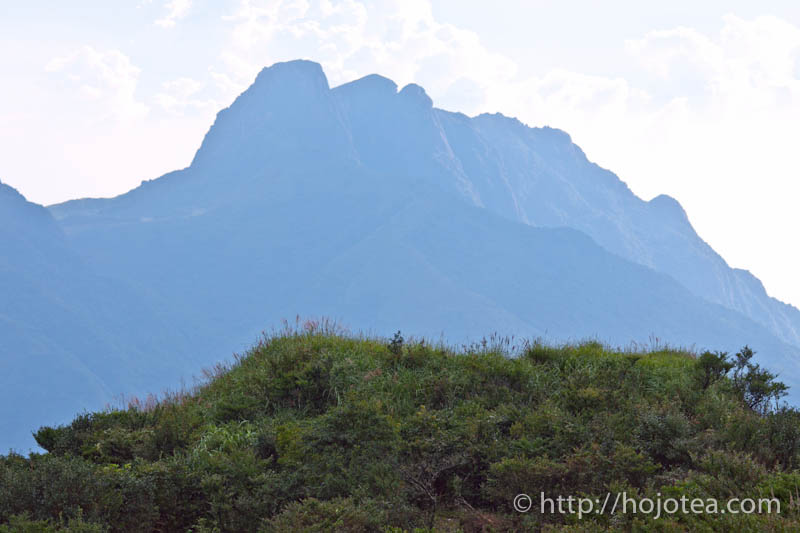 |
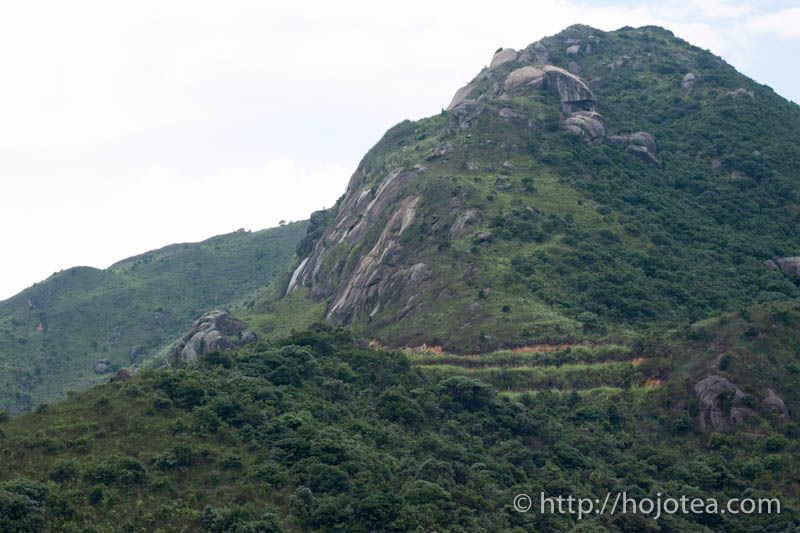 |
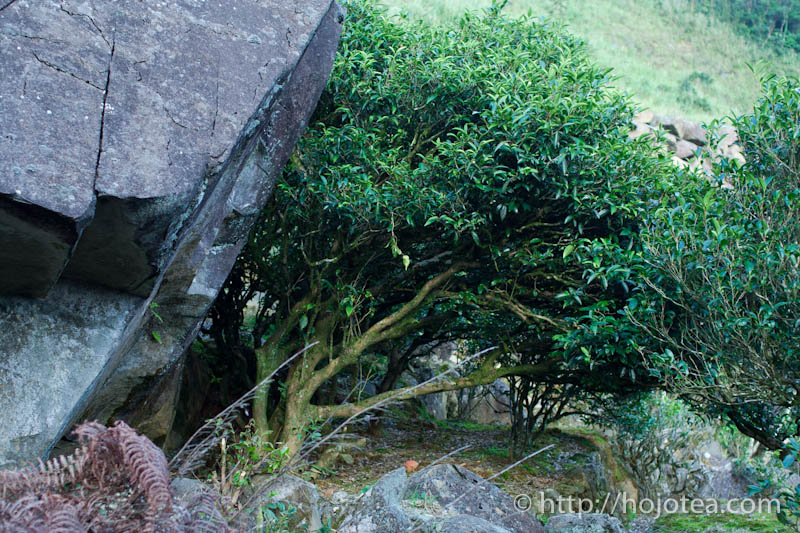 |
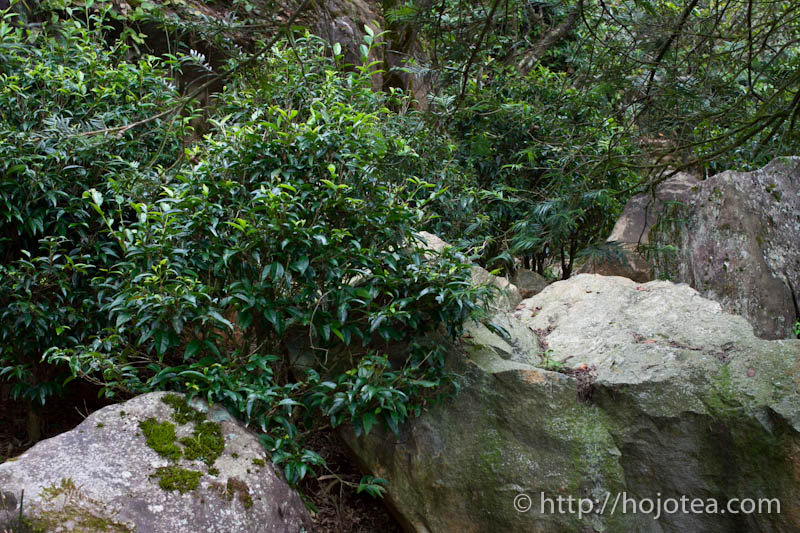 |
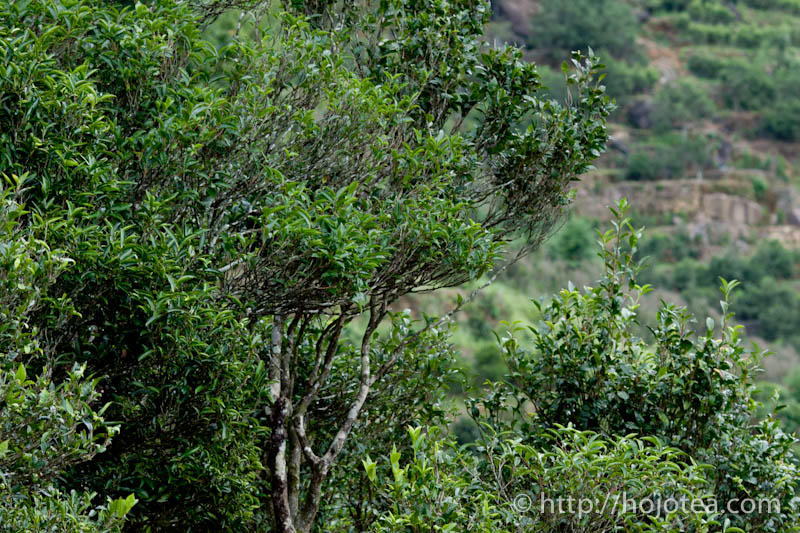 |
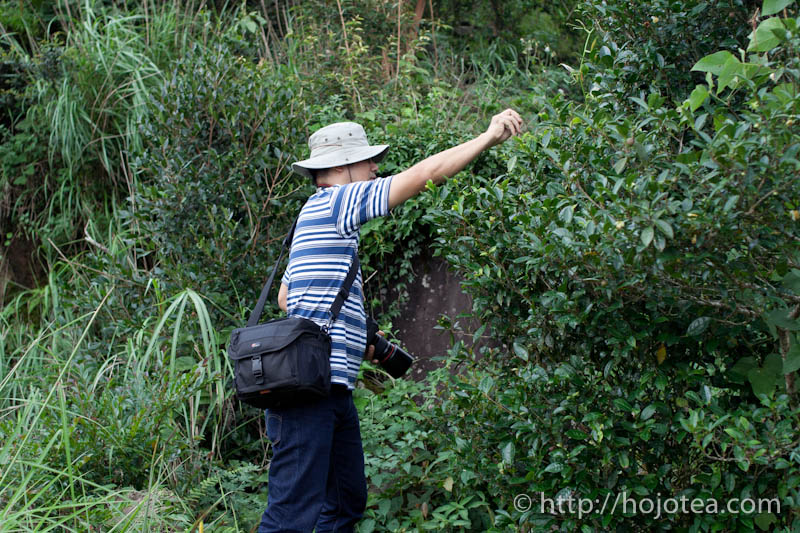 |
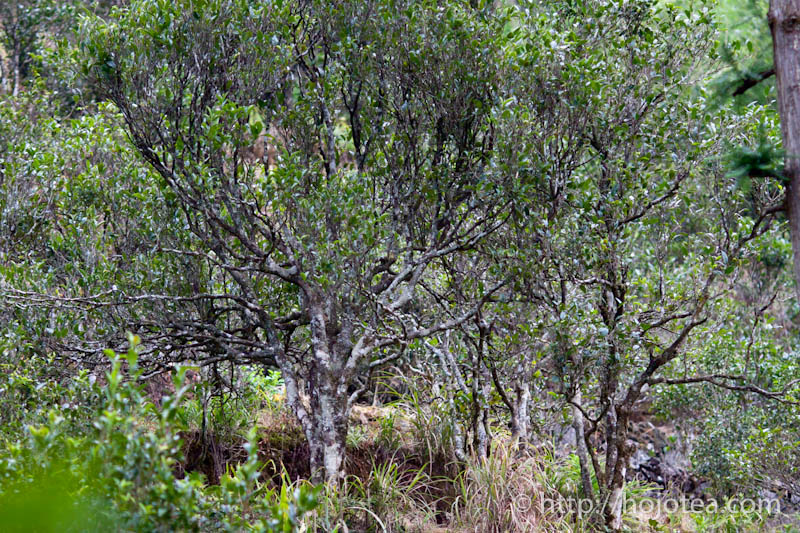 |
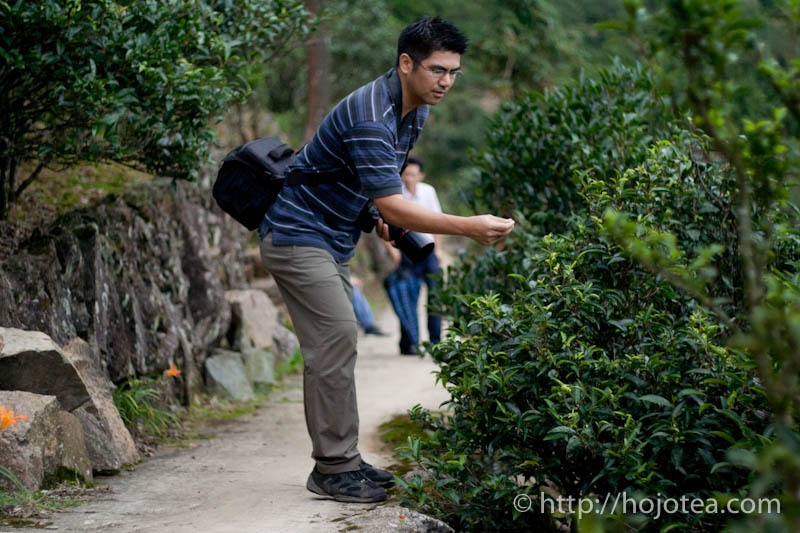 |
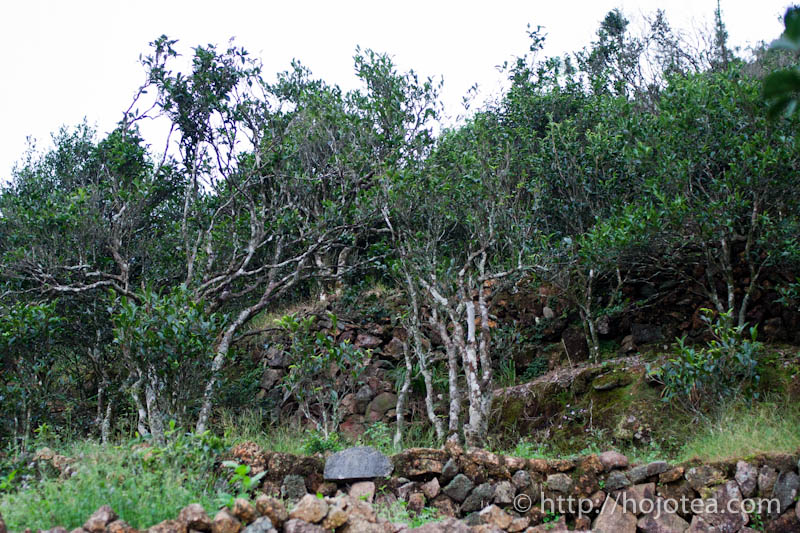 |
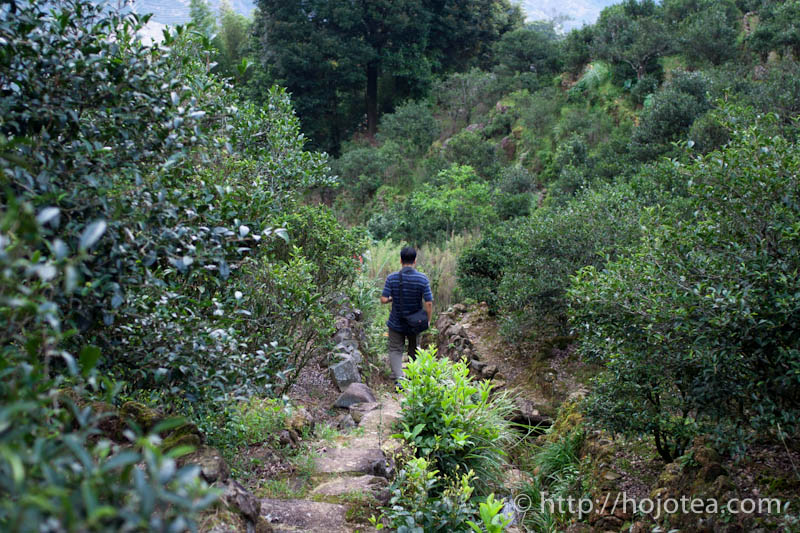 |
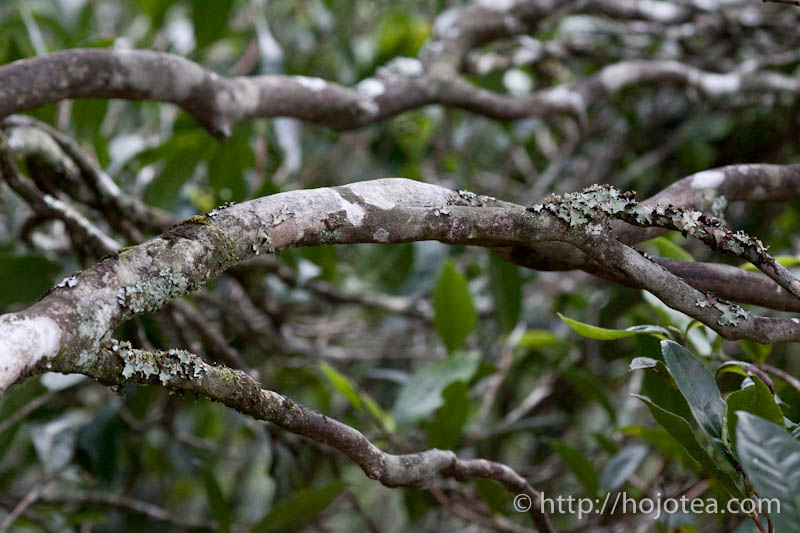 |
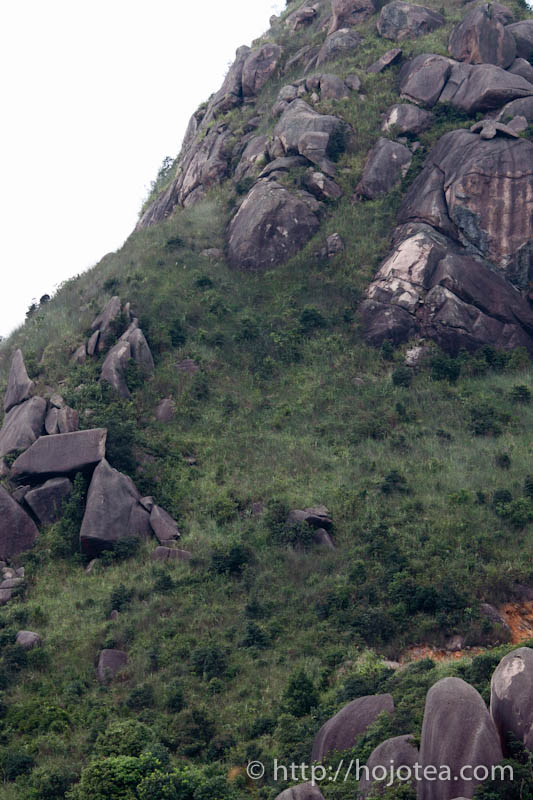 |
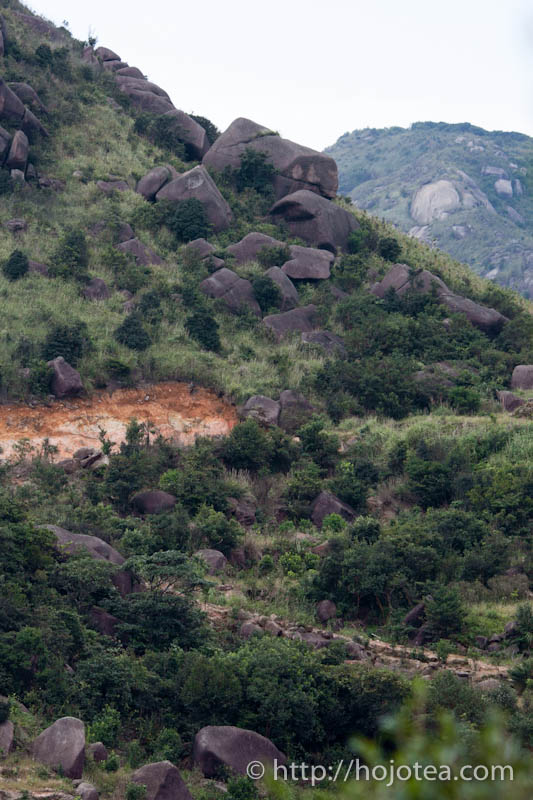 |
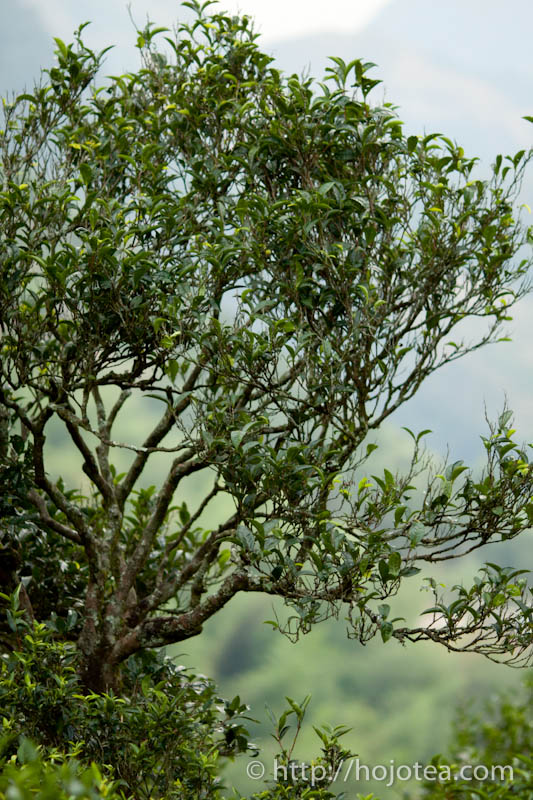 |
 |
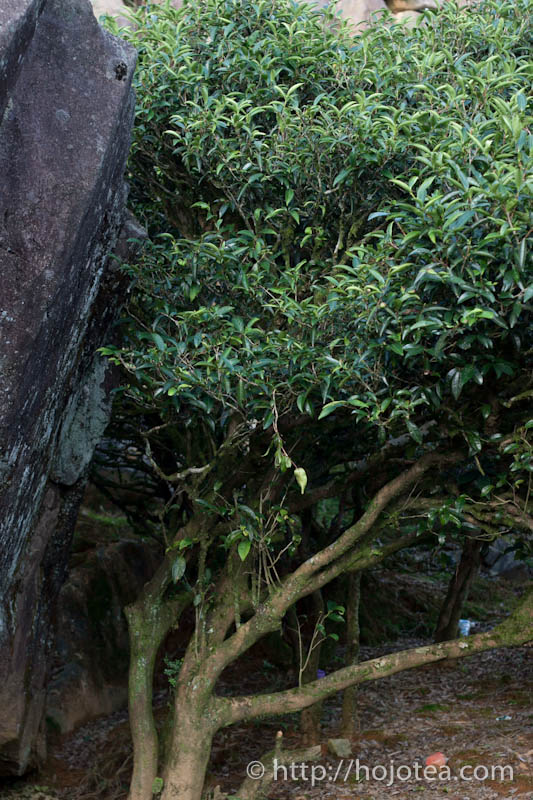 |
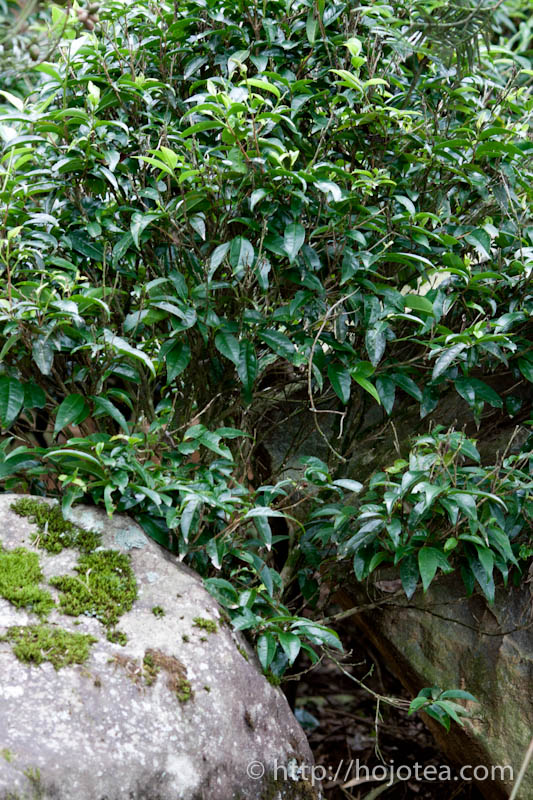 |
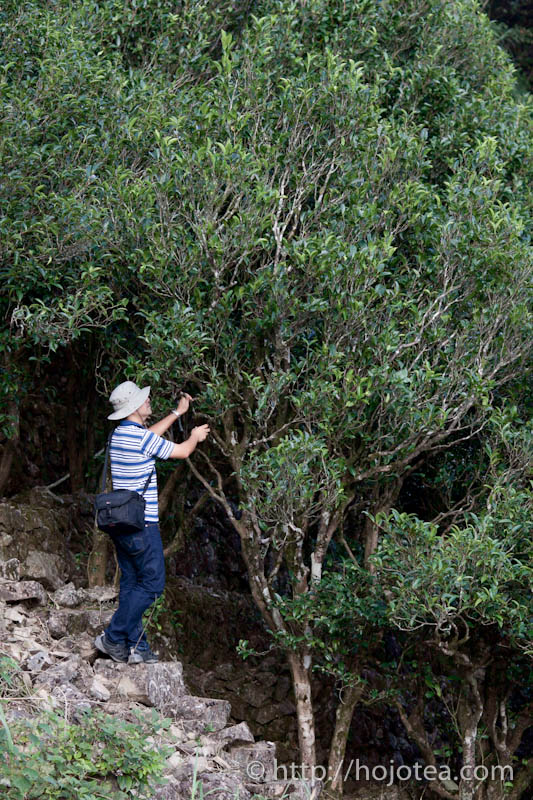 |
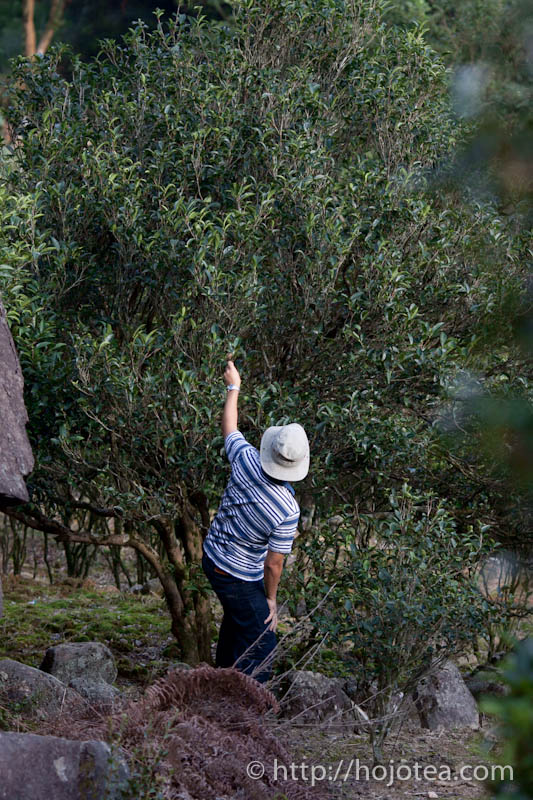 |
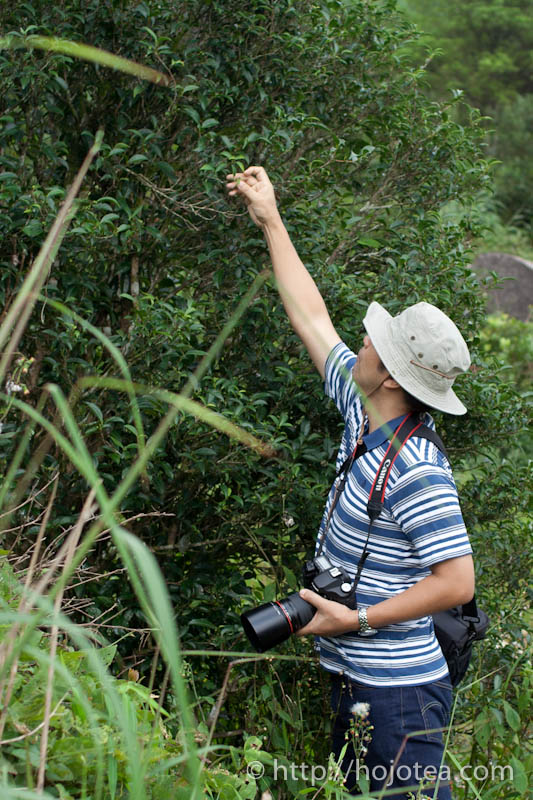 |
 |
In you are using tap water to brew tea, it is necessary to filter tap water using activated carbon filter. If not, you wouldn't be able to enjoy the authentic taste of tea. Chlorine is added to tap water in order to get rid of bacteria. But this chlorinated water will also harm our body cells. Concerning about our health condition, it is very important to remove chlorine from drinking water. The most effective method in removing chlorine is to install an activated carbon filter. This type of filter is designed for removing organic substance. It will remove not only chlorine, but also other harmful substance such as pesticide. The activated carbon filter can be easily obtained from the common hardware shop in most countries. If activated carbon filter is not available, please place a charcoal inside the water and leave it overnight. The material composed of activated carbon filter is made of ground charcoal. The difference is that activated carbon filter contains much finer particles and hence it has extremely huge surface area for a better efficiency in filtration. We do not suggest RO water (reversed osmosis water) or distilled water. This water carries no mineral, the taste and flavor of tea tends to be very unstable.
Phoenix Dan Cong tea is the oolong tea that is very peculiar. It does not get along with many kinds of material used for teapots. For example, it is not suitable to use Banko, Shigaraki, Watanabe Tozo's Sado clay tea pot. As far as I ascertain, the clay in my lineups that works very well with Phoenix Dan Cong tea is Tokoname red clay made by Gisui, Sado Oxidation and Reduction Clay by Shimizu Ken and Nigata Tsuiki-Doki Teapot. As for reduction Sado red clay by Shimizu Ken, it increases the intensity of after taste. But it reduces the flavor. Thus oxidation clay is more suitable unless you are very particular about the after taste. Based on my experiments, the Phoenix Oolong produced from the garden tea can be used with any kind of clay teapot.
Plase note that the above finding is based on using my own water both in Japan and Malaysia.
I have also checked the affinity of Phoenix Dan Cong tea with various kinds of Yi Xing and Chao Zhou clay teapot. In fact, there is no hard and fast rules on which the color of clay works well with this tea. I have tested more than 10 different kinds of Yi Xing red clay (hand made by famous potters) and found that only about 40 to 50% of the red clay teapots perform very well with Phoenix Dan Cong tea, while the rest of teapot made the taste and flavor of this tea extremely flat. A lot of customers believe that Chao Zhou clay works very well with Phoenix Oolong. You may well believe so since Phoenix Mountain is situated in Chao Zhou city. However the affinity with Chao Zhou clay is also depending on specific type of clay that potter used in production. Some clay works very well and yet some clay are so poor that they killed off the flavor of Dan Cong tea. We usually suggest customers to brew Phoenix Dan Cong tea using glass, porcelain or bone China. If you wish to examine whether or not your clay teapot works well with Dan Cong tea, please pour the tea that is brewed in glass, porcelain or bone china into your clay tea ware, and then taste each tea one after another. If you detect a deeper after taste and stronger flavor on clay-treated tea, it means your clay is suitable for this peculiar tea.
Once a bag of tea is opened, please finish it within 3 months if you wish to enjoy its freshness. From the medical point of view, it is safe to consume the tea even if it is kept for a few years. However the freshness disappears if it is kept for too long. Tea must be tightly sealed before it is kept. Tea should be kept in ambient and dry conditions such as in the living room, but it must be completely away from humidity. Tea should not be kept in the kitchen as the environment is very humid. Avoid enclosed area such as inside the cupboard or drawer as these places are damp. Also avoid opening the bag of tea in humid atmosphere. It is recommended to open the bag during a sunny day or under air-conditioned atmosphere. Once tea leaves absorb moisture, deterioration of tea will be triggered within a few days. Tea will then give an astringent taste, sometime it tastes sour. The fresh aroma also becomes weaker.
The quality of tea lasts longer if it is kept in the fridge. However we strongly recommend you not to keep tea in the fridge. When tea is withdrawn from the fridge, there is usually condensation. Once tea is exposed to moisture during condensation, the quality will deteriorate within a few days. The higher moisture content in the tea leaves will trigger oxidation and it will completely destroy the quality of tea.
Here’s one frequently asked question: what happens if bag is sealed using tape or tea is packed in zipper bag and kept inside the fridge?
For your information, these simple sealing methods are not sufficient. When the bag is withdrawn from the fridge, it is cold inside the bag and therefore causes negative pressure. Air will be drawn from outside and condensation will occur. In addition, if the bag is taken in and out from the fridge very often, this will cause heat stress to the tea leaves as temperature is increased and decreased very frequently. If tea is kept in the fridge, when it is withdrawn from the fridge, it is necessary to leave it in ambient atmosphere for more than 24 hours in order to warm up the tea leaves. Based on our experience, 12 hours is not long enough. We may think tea is warmed up, but inside the bag, the tea leaves are still cold due to insulation effect.

Please feel free to send us e-mail for enquiry at:

 |
We accept various kinds of credit card through Paypal.
Only if customer prefer other option of payment, we suggest "Bank Transfer".
Various choice of shipping method
EMS, SAL, Small Packet, Small Packet (SAL) Yamato Express and Surface
For shipping tea, we usually suggest small air parcel, the estimated shipping cost of tea in 100g (with wrapping material ) is
Small Parcel
USA JPY 600, EU JPY600 and Asia JPY470
Small Packet (SAL)
USA JPY380, EU JPY380 and Asia JPY320
The shipping fee to oversea by small air parcel happens to be even cheaper than domestic shipping fee in Japan.
For your information, some countries, EU in particular imposes custom duty. We need buyer to bare the duty. We are sorry, but we cannot change the amount on the invoice, and we do not mark any packages as gifts. We will strictly follow the custom regulation.
A GIFT FROM THE MOUNTAIN
since 2006
Copyright (C) 2006-2007 HOJO co.,ltd. All Rights Reserved.